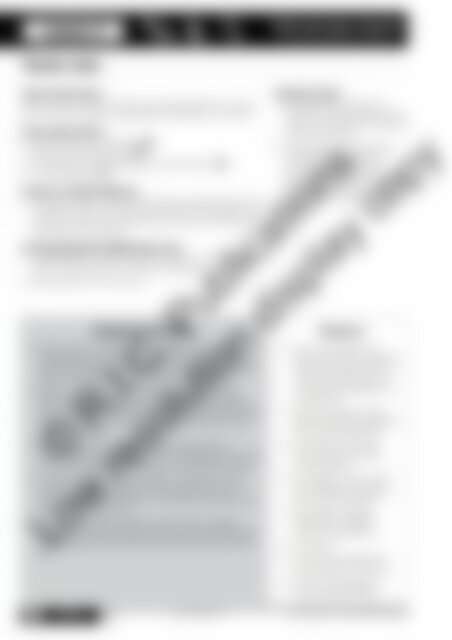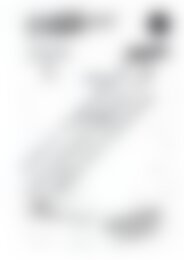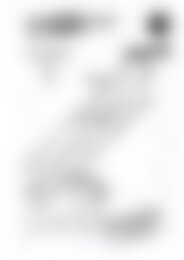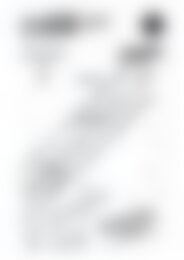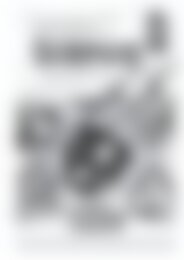6172RB Science a STEM approach Year 2 low res watermark
Create successful ePaper yourself
Turn your PDF publications into a flip-book with our unique Google optimized e-Paper software.
Lesson 3<br />
Earth and space sciences<br />
OUR RESOURCEFUL WORLD<br />
Teacher notes<br />
<strong>Science</strong> inquiry focus:<br />
What do we use water for? How does water get from a source<br />
to our house? How does water get removed from our house?<br />
<strong>Science</strong> Inquiry Skills:<br />
• Questioning and predicting QP<br />
• Planning and conducting PC<br />
• Processing and analysing data and information PA<br />
• Communicating C<br />
<strong>Science</strong> as a Human Endeavour:<br />
• Students observe, ask questions about and describe how we<br />
use Earth’s water <strong>res</strong>ources, both directly and indirectly, and<br />
how this <strong>res</strong>ource is moved from a source to our homes and<br />
then back out to the sea.<br />
Technology/Engineering/Mathematics links:<br />
• participating in an online interactive game to identify how<br />
water is transported to and from our homes<br />
• participating in an online quiz<br />
Background information<br />
• Earth’s water is used in many ways, both directly and<br />
indirectly. We use water directly when drinking, watering<br />
plants and washing. We use water indirectly when we use<br />
factory-made products that use water in production.<br />
• Water is found naturally all over the world. Salt water,<br />
found in oceans, accounts for 97% of Earth’s total water<br />
and is unusable for drinking and cleaning purposes. Of the<br />
f<strong>res</strong>hwater supply, only 1% is usable and found in rivers,<br />
streams and lakes.<br />
• Water needs to be collected, stored, cleaned and<br />
transported to a house for us to use. Wastewater must then<br />
be removed and cleaned before it is returned to the sea.<br />
• In some country houses, rainwater is collected in a tank<br />
and carried through pipes to a tap in the house. The<br />
wastewater is then moved to an underground septic tank<br />
where it can break down.<br />
• In the city, rainwater is stored in dams and is cleaned<br />
before being transported to houses. It then goes through<br />
a sewerage treatment plant before being returned to the<br />
sea.<br />
Assessment focus:<br />
• Use page 89 to assess the<br />
student’s understanding of how<br />
water is transported to and from<br />
a house in the city.<br />
• Use observations during the<br />
online quiz to identify any<br />
misunderstandings about<br />
Earth’s water <strong>res</strong>ource and how<br />
this is transported to and from<br />
houses in the country and the<br />
city.<br />
Resources<br />
• One copy of each mini<br />
poster outlined on page 88.<br />
These will need to be cut<br />
out and laminated prior to<br />
the lesson for display on a<br />
concept wall<br />
• Online interactive game—<br />
We all use water at <br />
• Unity Water—The water<br />
cycle at <br />
• Unity Water—Urban water<br />
cycle diagram at <br />
• Unity Water—Sewage<br />
treatment at <br />
• Computers<br />
• One copy of page 89 for<br />
each student or each pair<br />
• Online quiz at <br />
© R.I.C. Publications<br />
Low <strong>res</strong>olution display copy<br />
86 <strong>Science</strong>:<br />
A <strong>STEM</strong> APPROACH<br />
YEAR<br />
2<br />
978-1-925431-95-7 R.I.C. Publications® – www.ricpublications.com.au


